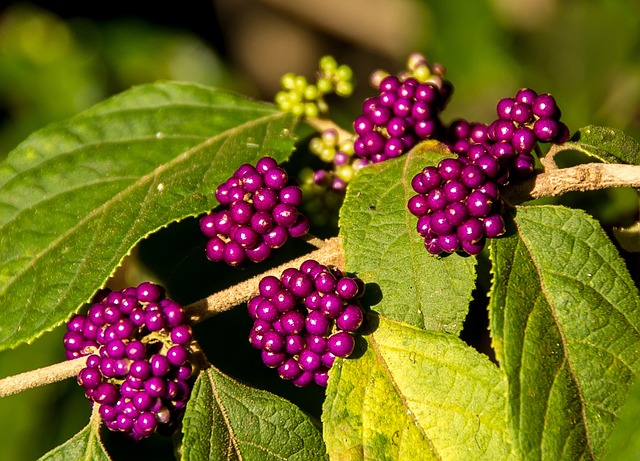Berry Canning Procedures
Canning, if you have a lot: Because cranberries, like most berries, are highly acid, they don’t need much heat to be safely canned (or bottled). You can process them in sterilized jars or bottles for 20 minutes in
boiling water (vegetables, meats, other non-acid fruits are not safe to can this way, you should process in a pressure cooker). Water bath (non-pressure) processing can be done in any large, deep pot. Put the jars
on a rack in the bottom so they don’t touch the bottom. You will need to use the type of glass jar that has a zinc cap and a rubber washer ring. If you can find them anywhere any more. Leave at least 1.5-2 inches empty at the top of the jar, put on the ring and cap, screw it tightly, but then turn it back 1/4 inch, so it’s sealed against the water but can vent a little pressure. Water must be at least 1 inch over tops of jars. Bring to boil, and boil for at least 20 minutes. Remove jars. Screw lids down very tightly while still hot, so cooling juice will pull it down to a tight vacuum.
This same canning procedure can be followed with high-acid berry jams and jellies, but for low-acid foods (including tomatoes) use a pressure cooker. Right they didn’t use to have them, they used to have a lot of spoilage and food poisoning. Traditionally, fruits were preserved by drying. Pressure cookers began to be used on Minnesota rezzes during the early years of World War II when Native people prepared big “victory gardens” and even supplied food to white people for the wartime efforts. A few pressure cookers were shared among many women. (Red Lake ladies also formed a home defense rifle brigade.)
Native Berry Recipes

